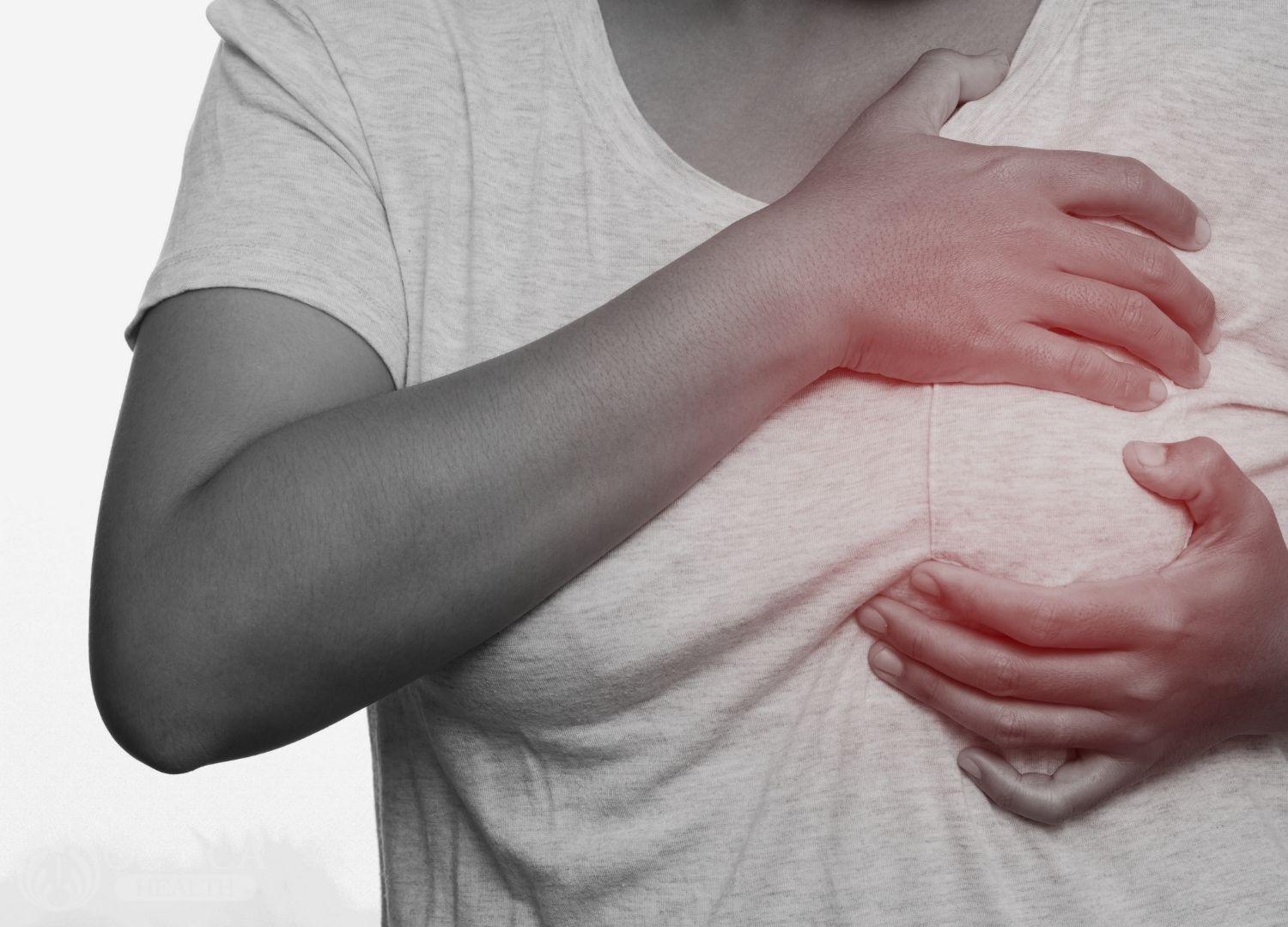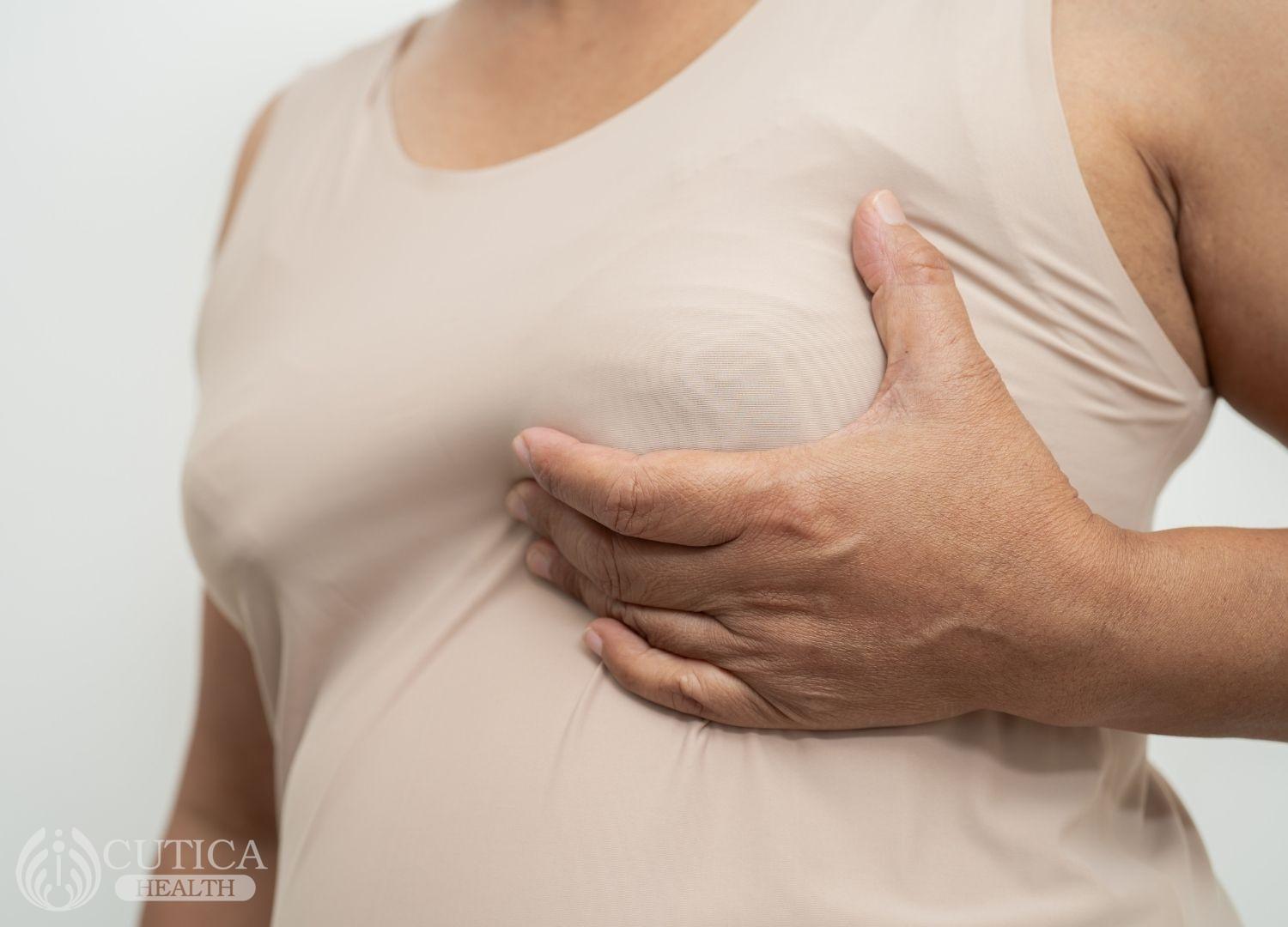Samantha was a 34-year-old mother of two who had been breastfeeding her youngest child for three months. One day, she noticed a painful lump in her breast, which quickly became swollen and red. She was scared and unsure of what was happening to her. After consulting with her doctor, she was diagnosed with a breast abscess.
A breast abscess is a painful condition that occurs when pus collects in breast tissue, leading to swelling and inflammation. It can happen to any woman, but it is more common in those who are breastfeeding.
Risk Factors of Breast Abscess
Breast abscesses usually develop when bacteria enter the breast through a cracked nipple or milk duct. The bacteria can multiply in the breast tissue and leads to the formation of pus.
Factors that can increase the risk of developing a breast abscess include:
- A weakened immune system
- Previous breast surgery
- Chronic breast inflammation or mastitis
- Smoking
- Diabetes
Symptoms of Breast Abscess
The symptoms of breast abscess can vary from woman to woman, but they generally include the following:
- Pain and tenderness in the affected breast
- Swelling and redness in the breast
- A fever or chills
- A feeling of warmth or heat in the breast
- Nipple discharge
- A hard lump in the breast
If you are experiencing any of these symptoms, you should seek medical attention immediately.

Treatment for Breast Abscess
The treatment for breast abscesses depends on the severity of the condition. Antibiotics may be prescribed in mild cases to help fight the infection. Pain relievers like acetaminophen or ibuprofen may also be recommended to manage the pain.
In more severe cases, the abscess may need to be drained. This can be done in a variety of ways, including:
- Needle aspiration: A needle is used to remove the pus from the abscess.
- Incision and drainage: A small incision is made in the skin over the abscess, and the pus is drained through the incision.
Preventing Breast Abscess
There are several steps you can take to reduce your risk of developing a breast abscess, including:
- Practicing good breast hygiene: Wash your breasts and nipples with warm water and soap before and after breastfeeding.
- Using proper breastfeeding techniques: Ensure your baby is latching on correctly to prevent nipple damage.
- Treating any cracks or injuries to the nipple: Use a nipple shield or cream to help soothe and heal any cracks or injuries.
- Managing mastitis: If you develop mastitis, or an infection of the skin of the breast, seek treatment immediately to prevent it from developing into a breast abscess.

Conclusion
Breast abscesses can be painful and scary. If you are experiencing symptoms of a breast abscess, seek medical attention. Early intervention can prevent the condition from worsening.
